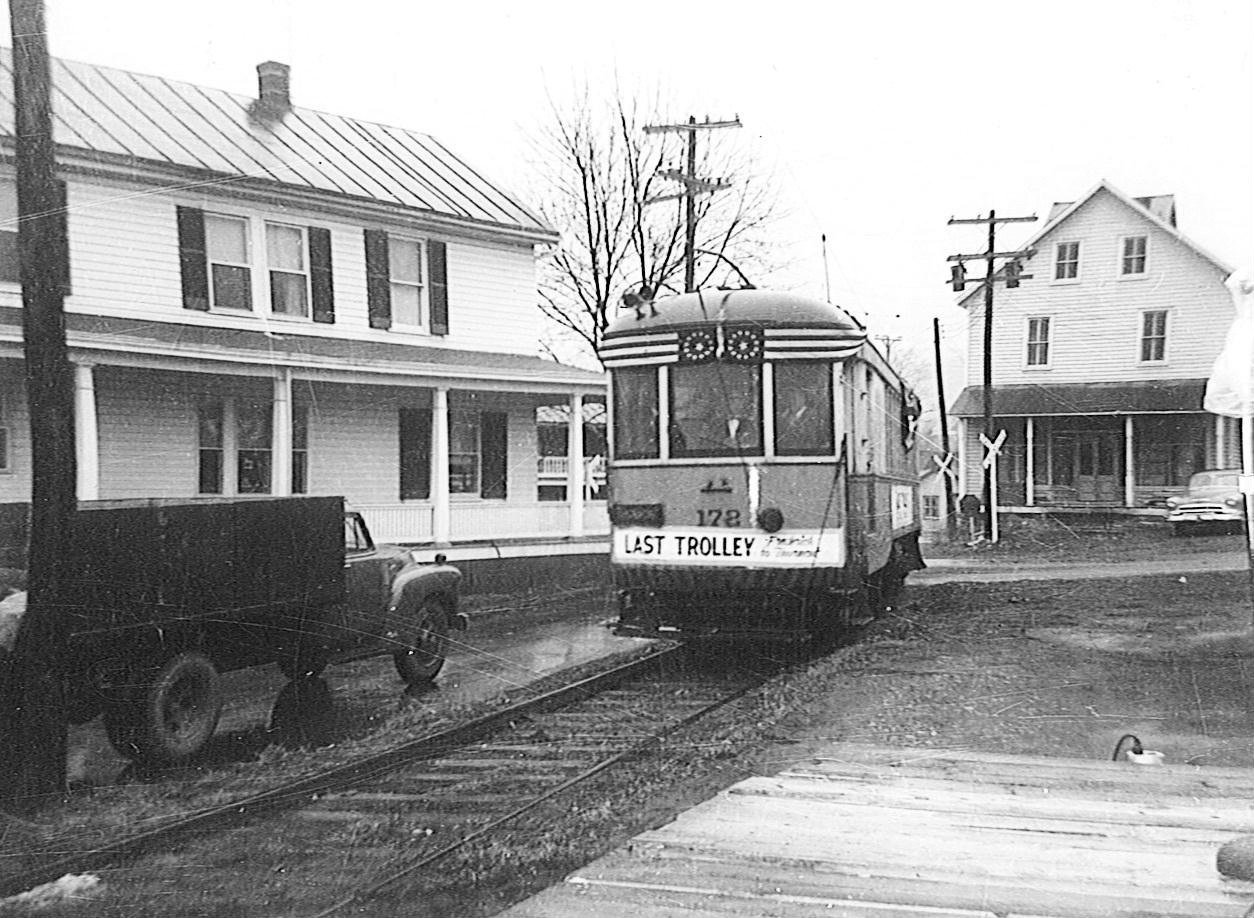
Looking Back
Speeding Up Snail Mail
by James Rada, Jr.

Rural Free Delivery came to Frederick County in 1901, a decade after it was first introduced in Westminster in 1891. In that time, it had become popular among those who had it. The Catoctin Clarion noted in 1900, “The rural free delivery grows more unpopular every day, with our citizens. There are constantly being new disadvantages and inconveniences discovered which will never he made satisfactory under our present system.”
Rural Free Delivery was similar to the mail service we experience today, where the mail is delivered to most homes, regardless of where they are located.
The problem—then and now—is ensuring the mail is delivered in a timely manner to remote locations. One way that mail efficiency for Thurmont was increased was by using the Thurmont Trolley to transport any mail from Frederick to Thurmont.
The Thurmont Trolley was part of the Hagerstown and Frederick Railway. Construction on the rail system, which eventually ran from Shady Grove, Pennsylvania, to Thurmont in a huge “U” that passed through Frederick and Hagerstown, began in 1896.
The railway was electrified in 1909, and it became the first electric railroad in the United States to handle freight cars with electric locomotives, but it also handled passenger travel between Frederick and Thurmont.
It was a popular system that everyone seemed pleased with, except for politicians in Washington who didn’t feel the mail should be carried on a trolley. So, in 1911, regulations prohibiting it were passed.
The Thurmont mail from Frederick then had to travel to Baltimore before being loaded onto a Western Maryland Railroad train and sent to Thurmont. This changed a trip of one hour to one that was more than 24 hours.
The Frederick Board of Trade lobbied for a reinstatement of the trolley use, which happened in 1913. However, the change came with a hitch. It didn’t improve the delivery time of the letters because the mail was sent from Frederick too late.
It arrived in Thurmont at 7:15 a.m., which was 15 minutes after the three postal carriers—William H. Damuth, Frank Albaugh, and J. H. Freeze—had left Thurmont to start their routes.
So, although the trolley was once again being used to deliver mail, the mail was still arriving at the same time. For instance, it was leaving Frederick one morning and arriving in Thurmont the next morning in time to go out. Switching back to the later trolley meant that it left Frederick one morning and arrived in Thurmont in time for the mail to go out that same morning, it arrived later and could not be delivered until the next morning.
“To serve the greatest number of people, Frederick mail should arrive at Thurmont on the 6 o’clock car,” The Catoctin Clarion urged. “It can then be delivered at the post office and by the carriers in a few hours.”
Changes were eventually made to improve the speed of mail delivery, but as the age of railroads faded, the trolley soon became a slower delivery method than trucks.
The last trip of the Thurmont Trolley was on February 20, 1954. By that time, the trolley, which had carried 3.8 million passengers around the county in 1920, had carried only 500,000 passengers the previous year.
“Gradually the bus and the passenger car snipped away at trolley patronage, gradually lines were discontinued, until the 17-mile stretch from Frederick to Thurmont was the only link in the state between two such urban points,” Betty Sullivan wrote in the Frederick Post. “Despite competition this trolley kept its faithful friends and some 60 commuters will use it until the final day.”
However, the U.S. mail was not on board the train and hadn’t been for many years.
